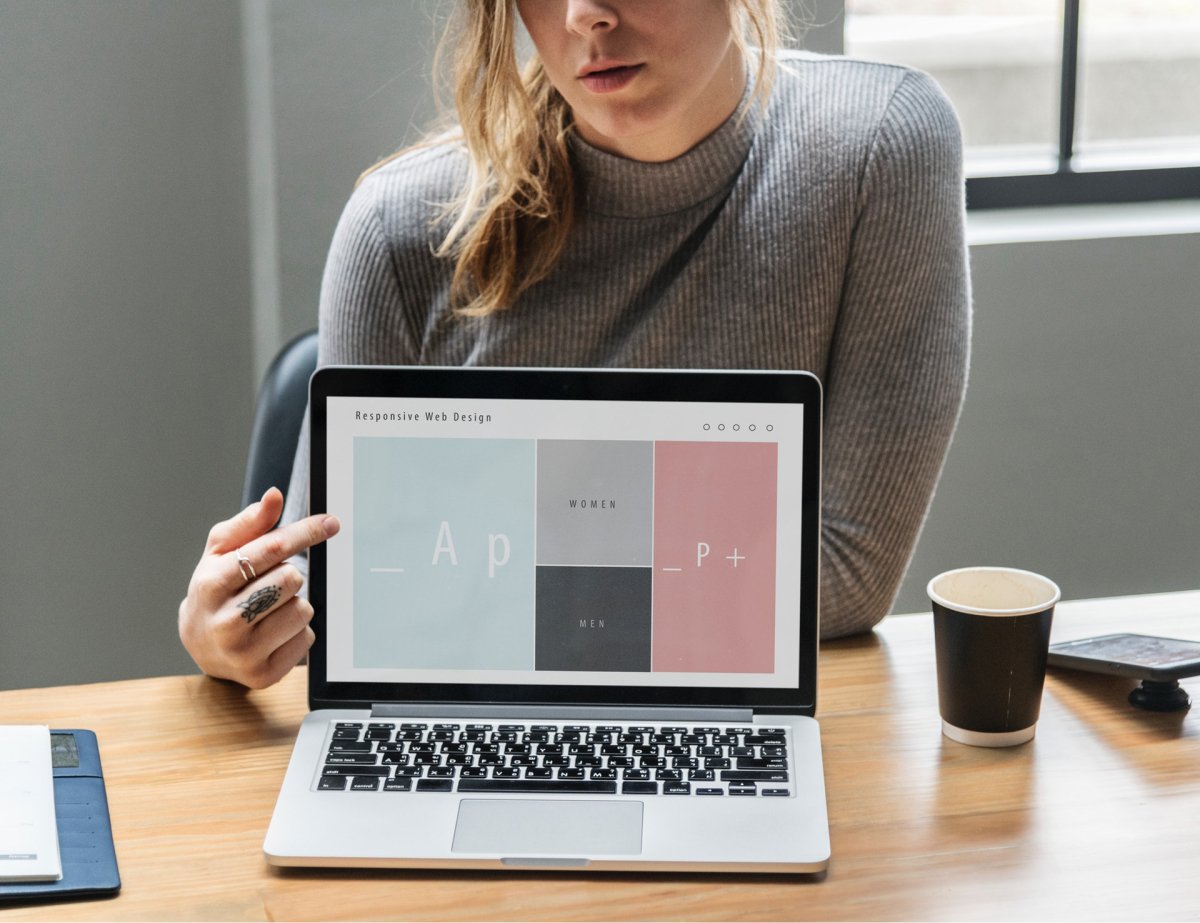As long as designers have produced work for others, there have been stakeholders. These relationships can be tenuous as designers try to create their best work often with minimal direction. We’ve spelled out the questions designers hate, that they are bound to hear anyway. But we certainly don’t dwell on the negative, instead we provide clear ways of getting around these questions that make designers worldwide groan. Let’s get right into them so we can eradicate them sooner rather than later.
1. Do We Really Need a Contract?
When working as a freelancer, you will always need a contract. While this might seem overly formal, the bigger the project, the more you will appreciate being covered legally. The last thing you want is for a client to say they don’t like what you produced and refuse to pay your invoice. A contract covers your bases and clearly sets out what you will do for the client, during what period of time, and for how much. No designer wants to sue a client, but all designers need to make sure they are looking out for themselves when faced with a nightmare of a client. With that said, always, always get it in writing and if a potential client won’t sign or provide a contract, you are better off without them anyway.
2. Can You Run with This?
Once you lock down a contract, it’s time to understand more about the work itself. Presumably you will have learned enough about the project before signing a contract, but more details will come to light after.
All good working relationships begin with clear and open communication. But when faced with a client or coworker that doesn’t seem to know what they want, this communication can easily break down and lead to some of the questions designers hate.

If you happen to be in the stakeholder position, be sure to create a detailed creative brief before meeting with a designer. This doesn’t have to be a very formal document or take hours to produce. It just needs to clearly communicate the goal of the project, the intended audience, the medium, the proposed deadline, and any other supporting information that would be helpful. Creative briefs can come in many different shapes and sizes, but the best ones provide a designer with the full picture they need in order to get the project done well.
3. Is There Any Wiggle Room in Your Rate?
Clients are always trying to make the most of their budgets, but that doesn’t mean your skills and knowledge should be discounted. Cost is always a touchy subject, which is why it needs to be ironed out as early in the process as possible.
However, there are times when you will be happy to work for a lower rate or even for free. If you are able financially, helping out a non profit, charity, or a family member’s small business with design work for free or at a low cost can be extremely rewarding. But as always, you will have to be clear about how much time and energy you are able to give. Don’t burn yourself out on pro bono work, unless you heart (and finances) are in the right place to be doing it.
4. Can We Increase the Scope of Work?
It is honestly much better for a client to question your rate at the beginning of the working relationship, compared to halfway through the project. This question designers hate will come in many shapes and forms. It basically amounts to a client trying to squeeze more work out of a freelance designer without compensating them for the additional work. It might not always be intentional, as the project may have taken a turn, but this is another case when you will have to be clear about what is stated in your contract.
If your contract clearly states your deliverables and number of review rounds, adding on three more rounds of review will not be free. Make this abundantly clear to the client both when they are signing the contract and if any discrepancies arise halfway to the finish line. Your time is valuable and contracts must be honored. If a client needs something outside the scope of the project, they will have to pay extra or cut back on some other part of the project.
You may even want to join a community of designers or ask for references when taking on a new client to stay up to date on which businesses have a bad reputation. It’s best to avoid clients that will try to take advantage of you, even if they don’t realize that is what they’re doing.
5. Can You Push up the Deadline?
Creativity takes time. And rushing it after a deadline has already been established can be a recipe for disaster. Some designers might have the bandwidth to hurry their turnaround times, but with family duties, the need to sleep, and other projects on your plate, it might not be a reasonable request. Most clients should understand that they are not the only thing you have going on in your life. But if they seem appalled at your inability to speed up the project, it is best to not work with them again.
6. Can You Be Available for a Meeting Outside of Work Hours?
Your clients should always know where you’re based so that they can be respectful of any time difference. Some designers are night owls or early birds, and are willing to take calls at any hour. But that doesn’t have to be your norm. You might have to drop your kids off at school or even take a weekly yoga class that keeps your creativity flowing. Regardless of what it is, any worthwhile client should respect your off hours. Some negotiation will be likely when it comes to clients in timezones far from your own, but make your communication preferences known from the beginning of your working relationship to help things go smoothly from the start. Sometimes you will have to make concessions to keep a project moving along, but this should not disrupt your normal routine day in and day out.
7. Can You Create an App/Site Just Like This Example?
For this question designers hate, we tapped Claire Hindes, Co-Founder and Design Director at Ever Increasing Circles, who summed it up perfectly. She tells us, “If I was a writer, no client would ask me to commit total plagiarism. No one says, ‘can you just copy what they wrote?’ However as a designer clients are always saying lines like, ‘we want our site to look just like this one.’ Try to politely explain copyright and that you just can’t copy another website like for like, but try to chat over what aspects of that design that they like, and work with the feedback to create something similar – but better of course!”
Having a client deliver examples of work and styles they like is incredibly helpful in being able to visualize and then produce the type of work they want. But Hindes really hits the nail on the head: in no other discipline would someone be asked to steal from another creative. So this shouldn’t be asked of a designer either.
8. Can You Make This Pop?
We certainly saved our favorite question for last. If you have ever been in a meeting with a stakeholder that doesn’t know what they want, you may have heard this ultimate cliché at some point. It comes out when a stakeholder doesn’t have the ability to express exactly what they want, but somehow they expect the designer to read their mind.
A discussion around the creative brief in which the designer asks many questions and voices any concerns should nip this in the bud. But despite all these precautionary measures, it can still come up. When faced with this question, designers should again ask for further clarification and give a few suggestions that appear to be in-line with the stakeholder’s thought process. The worst thing that could happen is that the designer goes off with vague marching orders and spends hours on something that doesn’t meet the stakeholder’s criteria for “popping.”
Closing Thoughts
As you can see, the ball is largely in the designer’s court. While it would be lovely to live in a world where stakeholders and clients always made reasonable requests, we live here on Earth. We may not be able to get rid of all of these questions designers hate overnight, but being aware of them and taking steps to keep them at bay is in the best interest of designers, stakeholders, and clients alike.
Are there any other questions designers hate that we missed? Let us know by tweeting us @Protoio.
Proto.io lets anyone build mobile app prototypes that feel real. No coding or design skills required. Bring your ideas to life quickly! Sign up for a free 15-day trial of Proto.io today and get started on your next mobile app design.








